Our Aim
To provide you with an overview on New And existing technologies, hopefully helping you understand the changes in the technology. Together with the overviews we hope to bring topical issues to light from a series of independent reviewers saving you the time And hassle of fact finding over the web.
We will over time provide you with quality content which you can browse and subscribe to at your leisure.
TekSpek 's

AMD Radeon R9 Nano
Date issued:
Small in size, big on performance
AMD's newly-formed Radeon Technologies Group has reason to be optimistic going into the lucrative 2015 holiday season. Recent high-end launches, including the R9 Fury X, R9 Fury and R9 390X, have revitalised the firm's enthusiast portfolio, and though AMD hasn't quite been able to wrestle the single-GPU performance crown out of the hands of rival Nvidia, there are murmurings of a forthcoming DirectX 12 coup.
Microsoft's latest graphics API, now available via Windows 10, is set to revolutionise the utilisation of CPU and GPU hardware, and though these are early days, AMD is looking intriguingly well-positioned with regards to DX12 performance.
Hoping to maintain this momentum, the company is today unleashing one of the most interesting high-end cards of recent years: the Radeon R9 Nano.
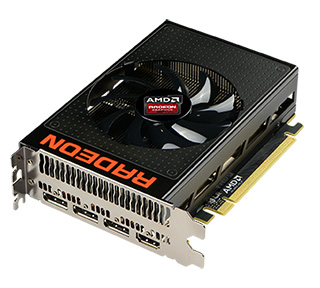
It doesn't look particularly high-end, does it? Well, looks can be deceiving, as this pint-sized card, measuring just six inches from tip to toe, is armed with the same Fiji XT GPU powering the top-of-the-range, liquid-cooled R9 Fury X.
Think about that for a second. This tiny card has the same 8.9bn transistors, constituting 4,096 processors, 256 texture units and 64 ROPs, and the cutting-edge HBM memory (4GB) remains fully intact. What's all the more impressive is that the R9 Nano's TDP has been reduced to just 175 watts (compared to 275W for the R9 Fury X), allowing for power to be sourced via a single eight-pin connector.
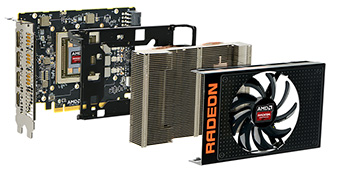
What sort of wizardry is this? And how has AMD managed to put a Ferrari engine into the body of a Fiesta? Well, it's not magic, though there are a couple of nifty tricks involved. Firstly, the company is without a doubt reserving the finest Fiji XT silicon for this particular card. Secondly, and more importantly, there is a certain amount of jiggery-pokery involved when it comes to core frequency. R9 Nano is shipped with a 1,000MHz peak clock speed (50MHz lower than R9 Fury X), but leading review sites have shown that the average frequency during real-world use can drop below 900MHz to ensure the card keeps within the quoted TDP.
The R9 Nano is therefore not a match for R9 Fury X in terms of raw performance, but rather a showcase of what can be achieved in today's latest small-form-factor (SFF) computers. Considering a homebrew Steam Machine? Or perhaps a HTPC with true gaming credentials? The Radeon R9 Nano could be a perfect fit, and AMD has paid attention to the compact cooler to ensure it remains reasonably cool and quiet at all times.
Radeon R9 Fury X (4GB) |
Radeon R9 Nano (4GB) |
Radeon R9 Fury (4GB) |
Radeon R9 390X (8GB) |
|
|---|---|---|---|---|
| Launch Date | June 2015 |
September 2015 |
July 2015 |
June 2015 |
| Codename | Fiji XT |
Fiji XT |
Fiji Pro |
Grenada XT |
| DX Support | 12.0 |
12.0 |
12.0 |
12.0 |
| Process (nm) | 28 |
28 |
28 |
28 |
| Transistors (mn) | 8,900 |
8,900 |
8,900 |
6,200 |
| Approx Die Size (mm²) | 596 |
596 |
596 |
438 |
| Full Implementation of Die | Yes |
Yes |
No |
Yes |
| Processors | 4,096 |
4,096 |
3,584 |
2,816 |
| Texture Units | 256 |
256 |
224 |
176 |
| ROP Units | 64 |
64 |
64 |
64 |
| Peak GPU Clock/Boost (MHz) | 1,050 |
1,000 |
1,000 |
1,050 |
| Peak GFLOPS (SP) | 8,602 |
8,192 |
7,168 |
5,914 |
| Peak GFLOPS (DP) | 537 |
512 |
448 |
739 |
| Memory Clock (MHz) | 1,000 |
1,000 |
1,000 |
6,000 |
| Memory Bus (bits) | 4,096 |
4,096 |
4,096 |
512 |
| Max Bandwidth (GB/s) | 512 |
512 |
512 |
384 |
| Default Memory Size (MB) | 4,096 |
4,096 |
4,096 |
8,192 |
| Memory Type | HBM |
HBM |
HBM |
GDDR5 |
| Power Connectors | 8+8-pin |
8-pin |
8+8-pin |
8+6-pin |
| TDP (watts) | 275 |
175 |
275 |
275 |
| GFLOPS per Watt | 31.28 |
46.81 |
26.06 |
21.50 |
| Current Price (Newegg) | $649 |
$649 |
$549 |
$429 |
Perusing the specification sheet may lead you to believe that Radeon R9 Nano is almost every bit as quick as its bigger brother, the R9 Fury X, but given what we know about the smaller card's more conservative core frequencies, how much of a performance gap can you realistically expect?
Performance
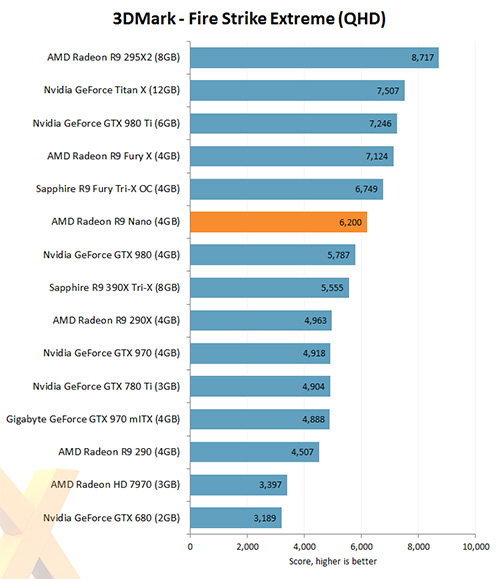
Benchmarks from leading hardware review sites show that AMD's Radeon R9 Nano is just over 10 per cent slower than the full-fat R9 Fury X. That's the sacrifice that has to be made in order to make possible such a small-form-factor solution; however the performance that remains is impressive nonetheless.
R9 Nano has the beating of many high-end cards that are almost twice the size. Even powerful full-size cards such as the GTX 980 and R9 390X will struggle to catch AMD's pocket rocket.
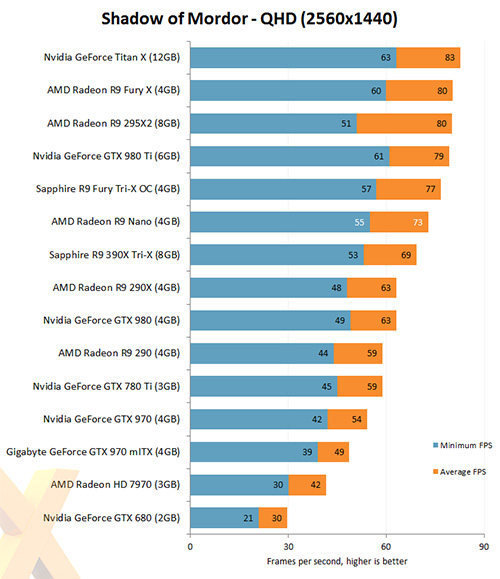
The same is true in real-world games. When you consider the compact size of the R9 Nano, it performs admirably in today's most demanding titles at challenging resolutions. This is shaping up to be the most potent small-form-factor graphics cards ever conceived.
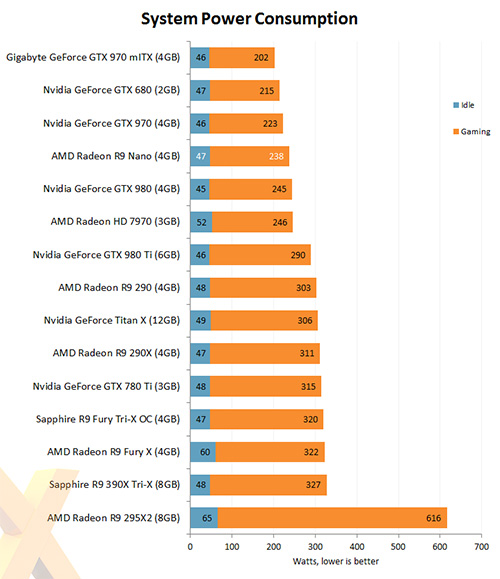
Highlighting the R9 Nano's efficient design, system-wide power consumption is reduced by just over 25 per cent when compared to the R9 Fury X. An impressive feat in itself.
Summary
Chock-full of innovation and introduced as a harbinger of things to come, AMD's Radeon R9 Nano packs high-end gaming potential into a form factor suitable for increasingly popular mini-ITX PCs.
Primed for DirectX 12 and touting true high-resolution gaming capabilities as well as cutting-edge HBM memory, the R9 Nano is a good sign of what's to come in terms of small-form-factor gaming. There's a hefty premium to pay, as is to be expected for a graphics card that in all honesty is unlike any other, but if you're looking to maximise the thrills available from a small gaming PC, the Radeon R9 Nano is an excellent fit

Starting September 10, 2015, click AMD Radeon R9 Nano graphics cards to see the full range of cards available to order at Scan Computers, with availability expected by the end of the month.